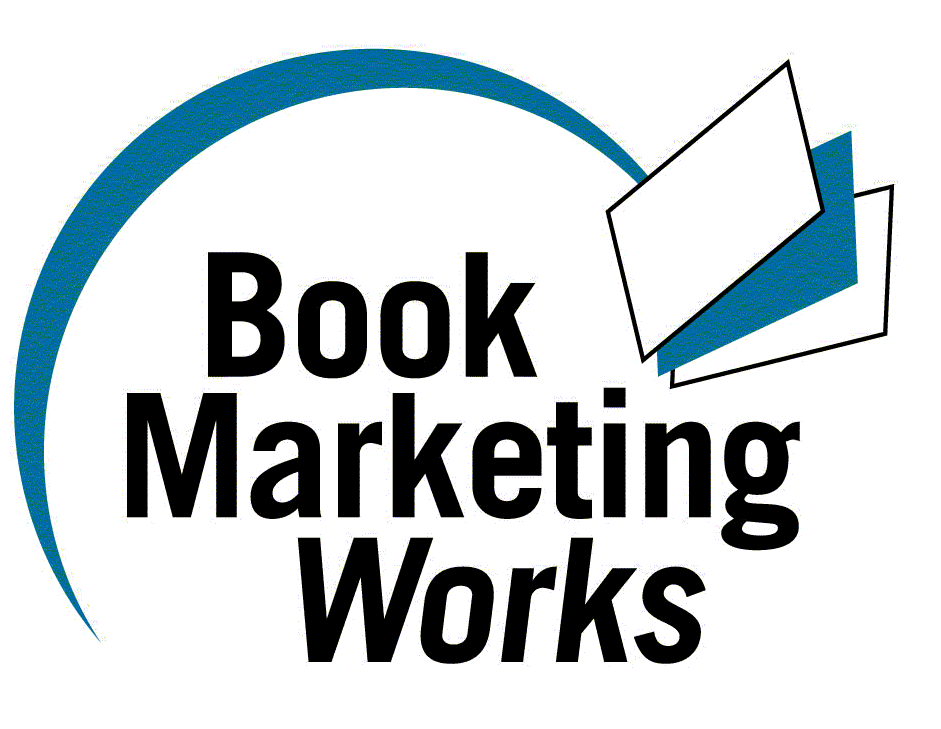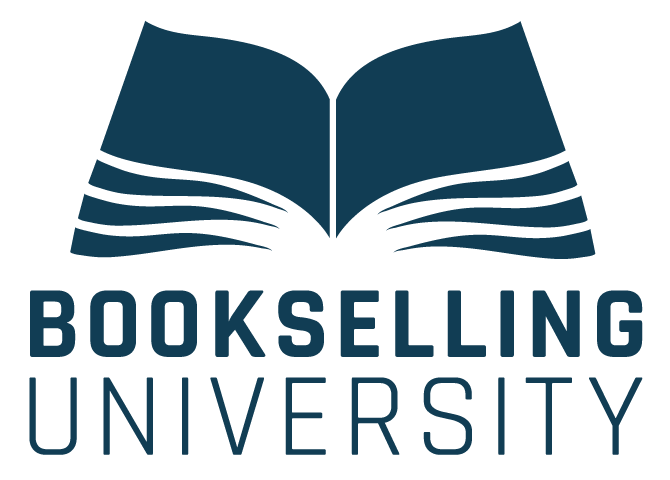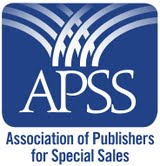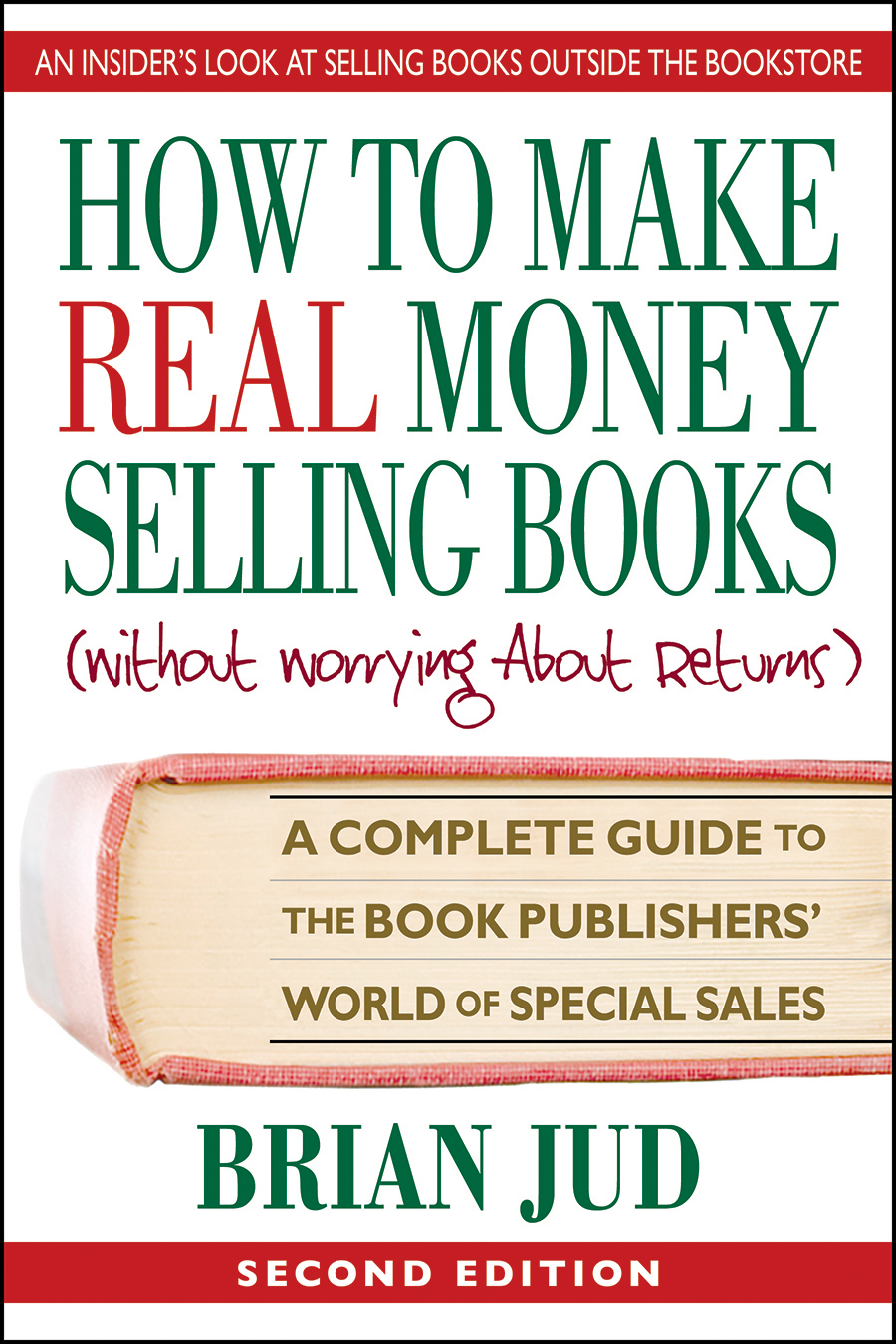It’s About Timing
By Brian Jud
Three important concepts are fundamental
to successful book marketing. Two are fairly obvious and you probably
invoke them without even thinking. First, the content and format of
your promotional material should communicate the benefits your titles
offer to the recipient of the message. A one-message-fits-all press
release is doomed to failure. The second axiom is that it is easier
and less expensive to sell to existing customers than it is to find
new ones since your acquisition and marketing costs are reduced.
The third maxim is less obvious,
but equally crucial to successful promotion: the timing of the
communication you send to people in your target segments. Timing can
be as important as the content and target of your message. This article
does not address the timing of pre-publication promotion, but the timing
of dialogue with present customers to stimulate re-purchase for existing
titles.
The target market for any book
is made up of customers and non-customers (potential buyers). Both need
to know about, and be reminded of, the benefits of your books or services
-- at the point in time when they need the information to make a buying
decision. If you contact people with the correct message in the proper
format at just the right moment, your chances of a positive reception
are improved. But even people in a tightly defined market segment are
at different stages of the purchasing process. Does this mean you must
advertise constantly in order to time the reception of your message
properly? Not necessarily.
The concept of customer dialogue
helps you employ the three basic axioms for maximum impact on your sales
and profits. Sometimes called transitional marketing, customer
dialogue takes the focus off individual transactions and places it on
the purchasing process. It recognizes that people make decisions over
time, and buy according to their schedules, not yours.
Generally, marketers concentrate
on the transaction, i.e., the point in time when prospects buy
their books and become customers. But communication should not end there.
Instead, create a dialogue with your customers, maintaining contact
over time, smoothing the way for future purchases. Focusing on a transaction
is like watching each frame of a movie. The concept of transitional
marketing focuses on the purchasing process, and can be likened
to watching the entire movie.
The basis of transitional marketing
is examining purchasing patterns of existing customers, trying to enhance
the process in your favor through the proper timing of your message.
It borrows from a common practice among retailers who focus on the recency,
frequency and monetary (RFM) value of transactions. Retailers use RFM
information to differentiate among customers, and then time an appropriate
message to motivate them to purchase different products (titles) and/or
buy more frequently and in larger quantities. You can easily create
a spreadsheet with data to track:
- the recency of sales of Title A to specific bookstores and special markets.
- the frequency of sales of Title A to specific bookstores and special markets.
- the monetary value of sales of Title A to specific bookstores and special markets.
With this information in hand,
the next step is to establish a dialogue with your customers,
tailoring individual messages that encourage them to by now and buy
more. For example, you might offer a time-limited, dollars-off coupon
to librarians to persuade them to buy your titles now. Similarly, you
could offer a frequent-buyer program to gift shops. And when selling
to associations, you might propose greater discounts, a combination
of titles, or more favorable payment terms encouraging them to buy in
larger, non-returnable quantities. The essence of transitional marketing
is that you make an individual offer to the right buyer at the appropriate
point in time to favorably influence his or her buying pattern.
Your dialogue with customers considers
not just when to communicate, but what to say to whom. For instance,
when a customer changes its buying habits, this triggers a different
follow up (or follow through) message.
- When one customer buys a different title (recency), send information on how to combine orders for different titles to reach a higher discount.
- If people buy frequently, you could suggest they place fewer orders, but in larger quantities.
- Or, if one stops buying, your missive would inquire as to why, setting the stage to win the customer back.
This concept does not mean you
should eliminate marketing for new prospects. Continue such acquisition
dialogues, but begin them in general terms and make them more specialized
as prospects respond and become customers. Transitional marketing, as
it applies to dialogues with existing customers, includes these types
of communications:
- Thank you notes for recent purchases, with additional offers.
- Re-purchase reminders to get people who haven’t purchased in some time -- or who stray from a regular purchase pattern -- to buy now. It may re-state benefits, or offer an incentive to acquire additional copies.
- Promotional alerts communicate exclusive offers such as a special discount, more favorable terms, or a price reduction to increase the size of the purchase.
- Win-back letters inquire into the reasons why a customer stopped doing business with you (or hasn’t purchased in a significant time) and attempt to rectify the situation.
Communicating a broad message only
to prospective buyers – without regard to when it is sent -- can reduce
the effectiveness and increase the cost of your book-selling efforts.
Transitional marketing will tailor your promotional material to the
situation and recipient. Keep accurate records to track sales in three
ways (RFM), and then respond to each customer, moving him or her to
buy more now, and buy more frequently.
Brian Jud is author of Beyond the Bookstore (a Publishers Weekly book) and The Marketing Planning CD-ROM describing new ways to sell more books profitably to special-sales buyers. He is also the author of the new series of printed booklets published by R. R. Bowker with Proven Tips for Publishing Success. Contact Brian at P. O. Box 715, Avon, CT 06001; (800) 562-4357; brianjud@bookmarketing.com or visit http://www.bookmarketing.com.





